
IEA: High Oil Prices Hurt Consumers, Dent Demand
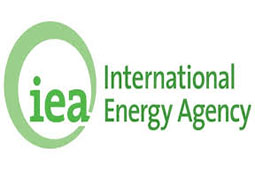
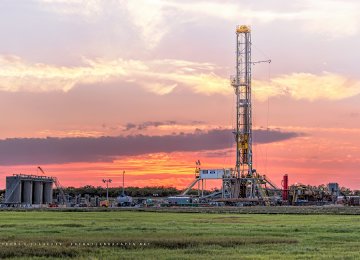
Major emerging Asian economies such as India and Indonesia have been hit hard this year by rising crude oil prices, which despite declining this month are still up by about 15% since the start of 2018, Reuters reported.
Fuel import costs have been pushed up further by a slide in emerging market currencies against the dollar, denting growth and even triggering protests and government fuel price controls in India.
“Many countries’ current account deficits have been affected by high oil prices,” IEA chief Fatih Birol said at an energy conference in Singapore.
“There are two downward pressures on global oil demand growth. One is high oil prices, and in many countries they are directly related to consumer prices. The second one is global economic growth momentum slowing down.”
The effect of high oil prices will be compounded in Southeast Asia as demand is rising fast but production is falling, resulting in the region becoming a net importer of oil, gas and coal, Birol said.
Despite the possibility of a slowdown, Birol said the general outlook for fuel consumption was for continued growth.
While the rise of electric vehicles is expected to result in peak demand for products like diesel and gasoline within coming years, a consumption boom in products such as plastic as well as fuel demand growth from aviation have triggered large-scale refinery investment into petrochemical products and high quality products like jet fuel.
“Global oil demand will continue to grow even amid the rise of electric vehicles as they are governed by petrochemicals, aviation, among others,” he said.
BHP Billiton, the world’s biggest miner, which has oil and gas assets but also hopes to benefit from the demand for raw materials coming from batteries for electric vehicles, also said oil demand would still grow despite the rise of EVs.
BHP chief commercial officer, Arnoud Balhuizen, said on Tuesday during a conference in Melbourne that oil demand will increase by 1% a year on average over the next 10 to 15 years.
“There will be substitution coming... on the back of an increased pickup of electric vehicles. But even if we plug in the most ambitious electric vehicle trends... in our forecasting, we continue to see oil demand on the back of other sectors,” he said.
To meet the 1% per year consumption growth, Balhuizen said “quite a bit of new capital needs to be allocated to the oil industry in the next five to ten years to be able to meet that demand.”


Glencore seeks $13 billion in incentives for Argentina copper projects
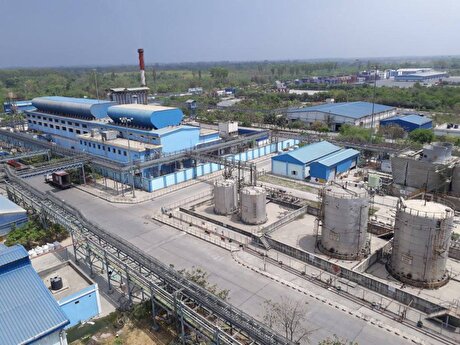
Hindustan Zinc to invest $438 million to build reprocessing plant
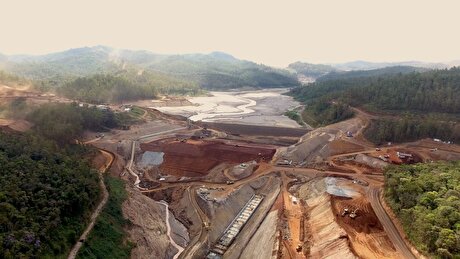
Samarco gets court approval to exit bankruptcy proceedings
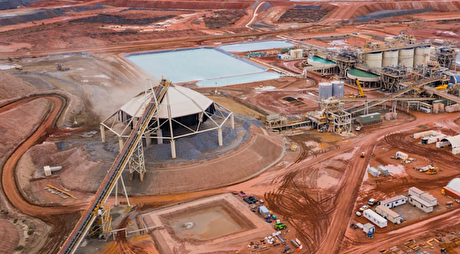
Gold Fields nears $2.4B Gold Road takeover ahead of vote

Metal markets hold steady as Trump-Putin meeting begins

Explaining the iron ore grade shift

Glencore trader who led ill-fated battery recycling push to exit

Trump to offer Russia access to minerals for peace in Ukraine

Gold price edges up as market awaits Fed minutes, Powell speech

Nevada army depot to serve as base for first US strategic minerals stockpile

Emirates Global Aluminium unit to exit Guinea after mine seized

Tailings could meet much of US critical mineral demand – study

Codelco cuts 2025 copper forecast after El Teniente mine collapse

Glencore targets 1Mt of copper in Argentina over coming decade

Viridis unveils 200Mt initial reserve for Brazil rare earth project

SQM boosts lithium supply plans as prices flick higher

Abcourt readies Sleeping Giant mill to pour first gold since 2014

Roshel, Swebor partner to produce ballistic-grade steel in Canada

EverMetal launches US-based critical metals recycling platform

Nevada army depot to serve as base for first US strategic minerals stockpile

Tailings could meet much of US critical mineral demand – study

Codelco cuts 2025 copper forecast after El Teniente mine collapse

Glencore targets 1Mt of copper in Argentina over coming decade

Viridis unveils 200Mt initial reserve for Brazil rare earth project

SQM boosts lithium supply plans as prices flick higher

Abcourt readies Sleeping Giant mill to pour first gold since 2014

EverMetal launches US-based critical metals recycling platform

Iron ore price dips on China blast furnace cuts, US trade restrictions














